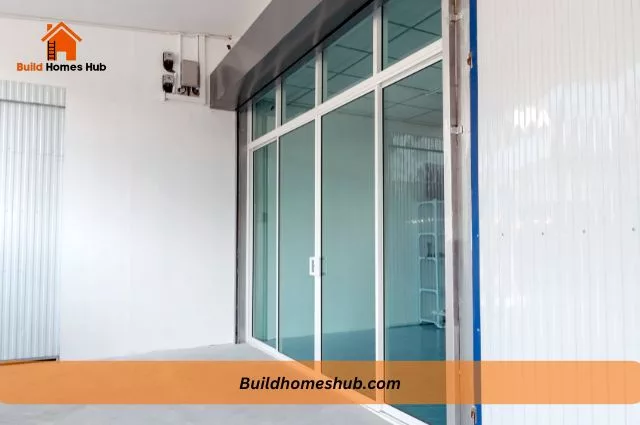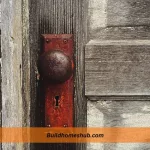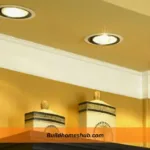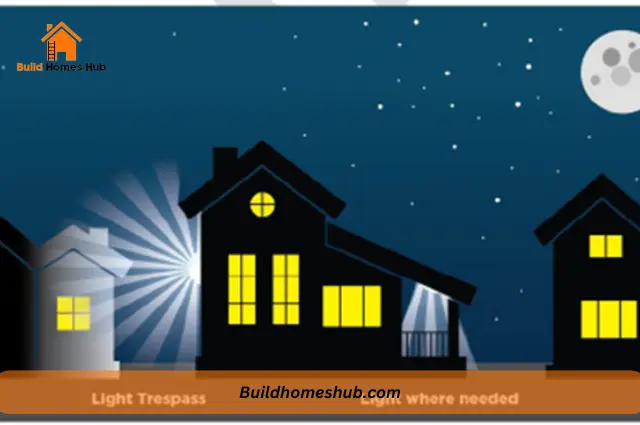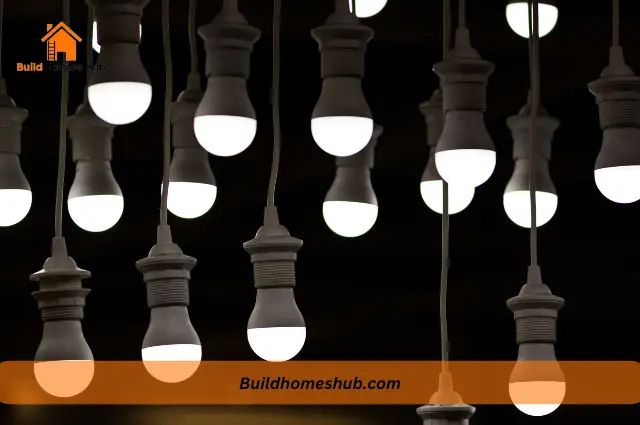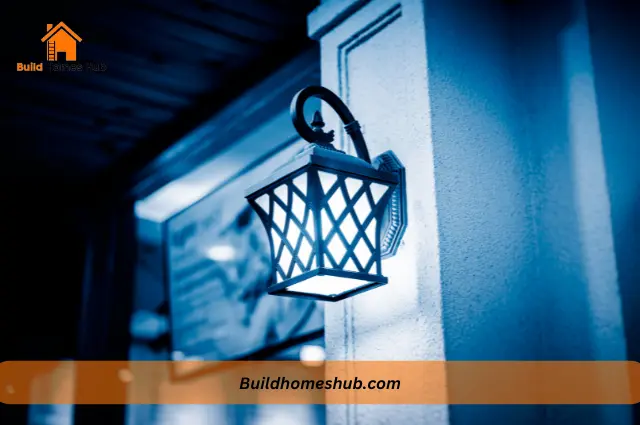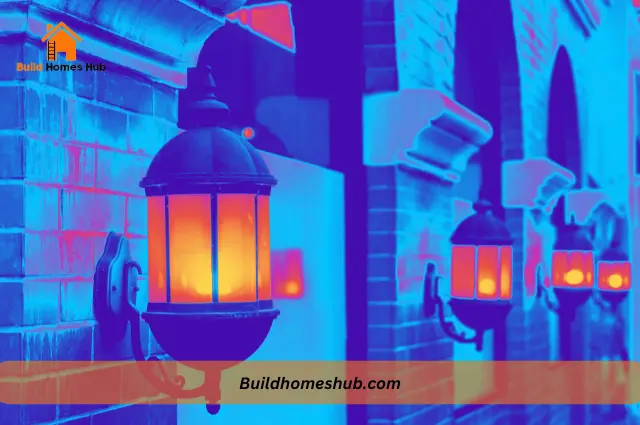Sliding glass doors are a popular feature in many homes, providing easy access to outdoor spaces and allowing natural light to enter the home. However, they can also be a security concern if they cannot be locked from the outside.
In this article, we will explore the options for modifying sliding glass doors to lock from the outside, including keyed locks, retrofitting with additional security devices, and consulting with professional locksmiths or door and window companies.
Can Sliding Glass Doors be Modified to Lock From the Outside?
It is possible to modify sliding glass doors to lock from the outside, but it would depend on the door type and hardware used. Some sliding glass doors have a keyed lock that can be accessed from the outside, while others can be retrofitted with an additional lock or security device.
It is always best to consult a professional locksmith or a door and window company to determine the best options for your specific situation.
Keyed Locks for Sliding Glass Doors
Keyed locks for sliding glass doors are a popular option for homeowners looking to secure their doors from the outside. These locks typically consist of a latch mechanism activated by a key and are designed to be installed inside the sliding glass door. They can be surface-mounted or mortised and are available in various styles and finishes to match the aesthetics of your door.
Some keyed locks for sliding glass doors can be locked and unlocked from the inside and outside, and others can only be locked and unlocked from the inside.
How to install a keyed lock on a sliding glass door
Installing a keyed lock on a sliding glass door can be done by following these steps:
- Measure the dimensions of the lock and mark the location on the door where it will be installed.
- Drill pilot holes in the marked location.
- Install the lock mechanism according to the manufacturer’s instructions, securing it with the screws provided.
- Test the lock to ensure it is properly aligned and functioning.
Pros and cons of using keyed locks
Pros:
- Keyed locks provide a high level of security for sliding glass doors
- They can be locked and unlocked from the inside and outside, providing added convenience
- They come in a variety of styles and finishes to match the aesthetics of your door
Cons:
- Keyed locks can be difficult to install and may require professional assistance.
- They require the use of a key, which can be easily lost or stolen
- They can be picked or bumped, providing an opportunity for intruders to gain entry
- They can be costly and require additional expenses such as rekeying or lock replacement.
It’s important to consider the pros and cons of using keyed locks before consulting a professional locksmith to determine the best solution for your specific situation.
Different Types of Security Devices Used to Retrofit Sliding Glass Doors
Several types of security devices can be used to retrofit sliding glass doors, including:
1. Charley bars
These bars or rods installed on the inside of the door can be used to prevent the door from being opened from the outside. They are typically made of metal or wood and can be adjusted to fit different door sizes.
2. Foot bolts
These are installed on the bottom of the sliding glass door and can be used to prevent the door from being lifted off its tracks. They are typically made of metal and can be locked or unlocked with a key.
3. Door alarms
These devices can be installed on the door and will sound an alarm if the door is opened. They can be battery-operated or hardwired into the home’s electrical system and set to different sensitivity levels.
4. Slide-locks
These are locks mounted on the top or bottom of the sliding glass door and can be used to prevent the door from being opened. They are typically made of metal and can be locked or unlocked with a key.
How to Install Security Devices on Sliding Glass Doors
The installation process for different types of security devices can vary, but generally, they can be installed by following these steps:
1. Measure the door
Before purchasing any security device, it’s important to measure the door to ensure it will fit correctly.
2. Prepare the door
Clean the door and the surrounding area where the device will be installed.
3. Install the device
Follow the instructions provided with the device to install it on the door. This may involve drilling holes, attaching brackets, or wiring the device into the home’s electrical system.
4. Test the device
Once the device is installed, test it to ensure it works properly and that the door can still be opened and closed easily.
Pros and Cons of Using Security Devices
There are several advantages and disadvantages of using security devices to retrofit sliding glass doors:
Pros:
- They can provide additional security for the home.
- They can be relatively easy to install and use.
- Some devices, like door alarms, can serve as a deterrent to would-be intruders.
- Some devices can be locked/unlocked with a key, so you can still easily open the door.
Cons:
- They may not be as secure as other types of locks or security measures.
- They can be more difficult to install than other locks or security measures.
- They may only be suitable for some types of sliding glass doors.
- They may only be suitable for some types of sliding glass doors.
- Some devices may require ongoing maintenance, such as replacing batteries.
It’s always recommended to consult with a professional locksmith or door and window company before installing security devices to ensure that it’s the best option for your specific situation.
How Do You Make a Sliding Glass Door Private?
The most direct way to make a sliding glass door more private is installing window treatments such as curtains, blinds, or shades. This will provide privacy by blocking the view into the room from the outside while also allowing you to control the amount of light and airflow entering the room.
There are several other ways to make a sliding glass door more private, including:
1. Window treatments
Installing window treatments such as curtains, blinds, or shades can provide privacy by blocking the view into the room from the outside. You can choose from various materials and styles to match your decor.
2. Frosted or etched glass
Frosted or etched glass can be installed on the door to obscure the view into the room while still allowing natural light to enter. It can be done by applying a frosted film to the glass or etching it with a design.
3. Privacy screens
Privacy screens can be installed outside the door to block the view into the room. They can be made of wood, metal, or other materials and can be designed to match the existing decor.
4. Plantation shutters
Plantation shutters can be mounted inside the sliding door frame, providing privacy while allowing light and airflow to enter the room.
5. Door sweep
A door sweep is a strip of flexible material that attaches to the bottom of the door and creates a seal between the door and the floor to prevent light and air from entering the room.
6. Room divider
Room dividers can be used to partition the room, providing privacy and creating a separate space.
It’s important to consider your specific needs, the style of your room, and the level of privacy you want when choosing the right option. You may also want to consult with a professional for the installation.
Conclusion
While sliding glass doors can offer many benefits in terms of natural light and access to outdoor spaces, it is important to consider their security implications. By exploring the options for modifying sliding glass doors to lock from the outside, homeowners can ensure that their homes are as safe and secure as possible.
Whether installing keyed locks, retrofitting with additional security devices, or consulting with professionals, there are many ways to address the security concerns of sliding glass doors. It’s always best to take the time to evaluate your options and choose the solution that best meets your needs and budget.
I hope to help you make the right choices with my content. I am passionate about building new homes and renovations. Follow me, on my socials, I drop nice stuff that may be helpful.

